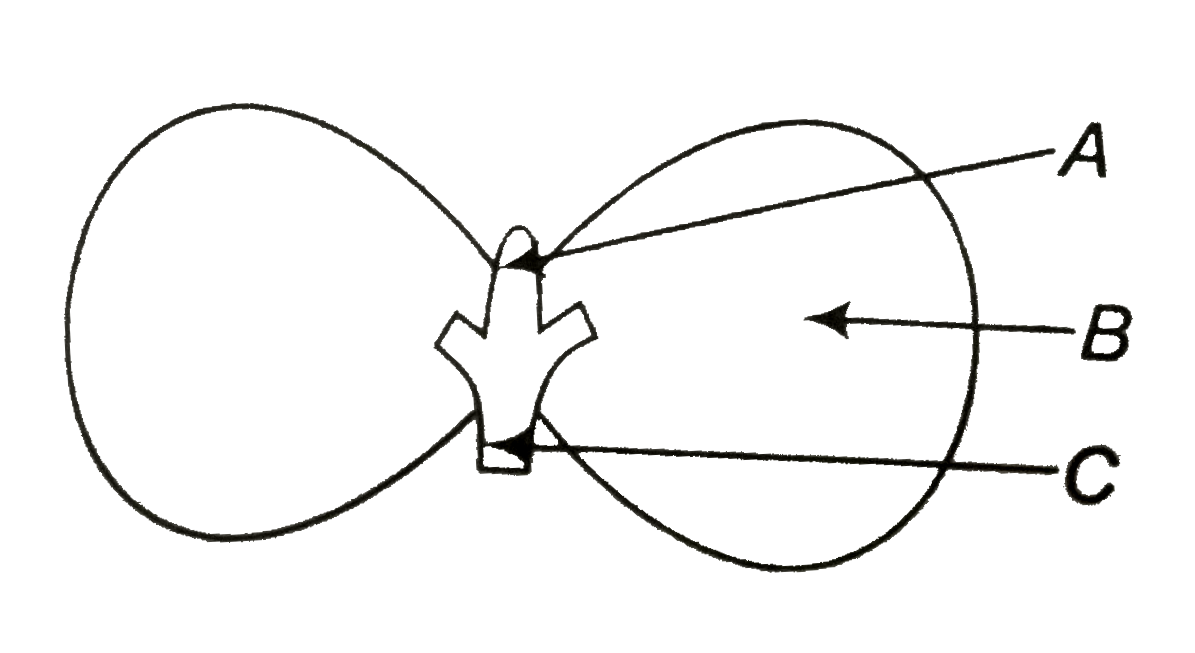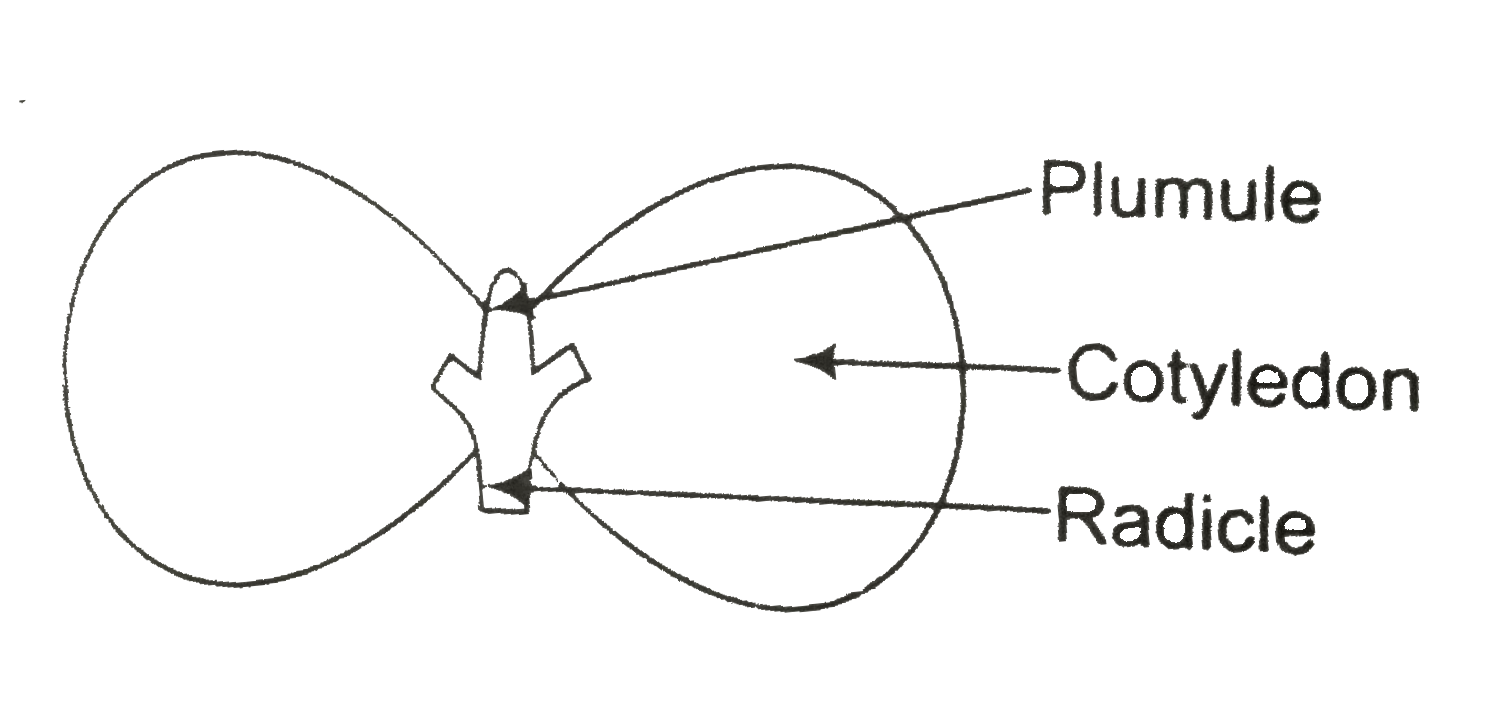Complete Solutions to MCQS of chapter HOW DO ORGANISMS REPRODUCE of Class 10 book with complete answers and questions
| Class 10 | BIOLOGY |
| Chapter | HOW DO ORGANISMS REPRODUCE |
| NCERT EXEMPLAR | MCQS |
| Number Of Questions | 27 |
| Academic Year | 2023-24 |
In the list of organisms given below, those that reproduce by the asexual method are
(i) banana (ii) dog
(iii) yeast (iv) Amoeba
View SolutionIn a flower, the parts that produce male and female gametes (germ cells) are
View SolutionWhich of the following is the correct sequence of events of sexual reproduction in a flower?
View SolutionOffspring formed by asexual method of reproduction have greater similarity among themselves because
(i) Asexual reproduction involves only one parent
(ii) Asexual reproduction does not involve gametes
(iii) Asexual reproduction occurs before sexual reproduction
(iv) Asexual reproduction occurs after sexual reproduction
View SolutionCharacters transmitted from parents to offspring are present in
View SolutionCharacters that are transmitted from parents to offspring during reproduction show
View SolutionA feature of reproduction that is common to Amoeba, Spirogyra and yeast is that
View SolutionIn Spirogyra, asexual reproduction takes place by
View SolutionThe ability of a cell to divide into several cells during reproduction in Plasmodium is called
View SolutionThe correct sequence of reproductive stages seen in flowering plants is
View SolutionThe number of chromosomes in parents and offsprings of a particular species remains constant. due to
View SolutionIn Rhizopus, tubular thread-like structures bearing sporang1a at their tips are called
View SolutionVegetative propagation refers to formation of new plants from
View SolutionFactors responsible for the rapid spread of bread mould on slices of bread are
(i) large number of spores
(ii) availability of moisture and nutrients in bread
(iii) presence of tubular branched hyphae
(iv) formation of round shaped sporangia
View SolutionLength of pollen tube depends on the distance between
View SolutionWhich of the following statements are true for flowers?
(i) Flowers are always bisexual
(ii) They are the sexual reproductive organs
(iii) They are produced in all groups of plants
(iv) After fertilisation they give rise to fruits
View SolutionWhich among the following statements are true for unisexual flowers?
(i) They possess both stamen and pistil.
(ii) They possess either stamen or pistil.
(iii) They exhibit cross pollination.
(iv) Unisexual flowers possessing only stamens cannot produce fruits.
View SolutionWhich among the following statements are true for sexual reproduction in flowering plants?
(i) It requires two types of gametes.
(ii) Fertilisation is a compulsory event.
(iii) It always results in formation of zygote.
(iv) Offspring formed are clones.
View SolutionIn figure the parts A, B and C are sequentially


View SolutionOffspring formed as a result of sexual reproduction exhibit more variations because
View SolutionReproduction is essential for living organisms to order to
View SolutionDuring adolescence, several changes occur in the human body. Mark one change associated with sexual maturation in boys
View SolutionIn human females, an event that reflects onset of reproductive phase is
View SolutionIn human males, the testes lie in the scrotum, because it helps in the
View SolutionWhich among the following is not the function of testes at puberty?
(i) Formation of germ cells (ii) Secretion of testosterone
(iii) Development of placenta (iv) Secretion of estrogen
View SolutionThe correct sequence of organs in the male reproductive system for transport of sperms is
View SolutionWhich among the following diseases is not sexually transmitted?
View Solution
MCQS questions and complete solutions for chapter HOW DO ORGANISMS REPRODUCE of NCERT BIOLOGY (ENGLISH) of Class 10